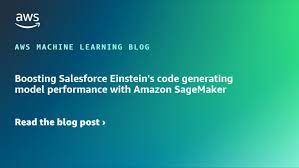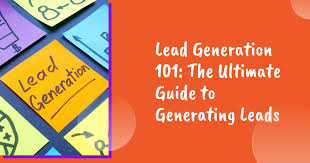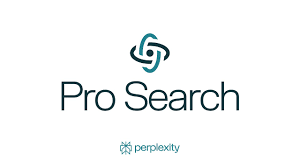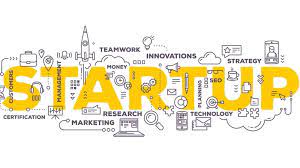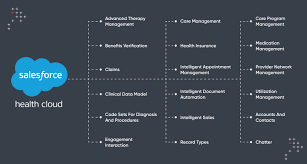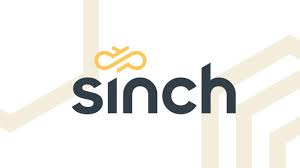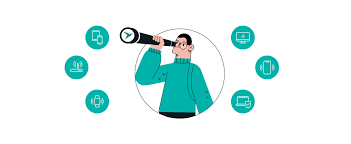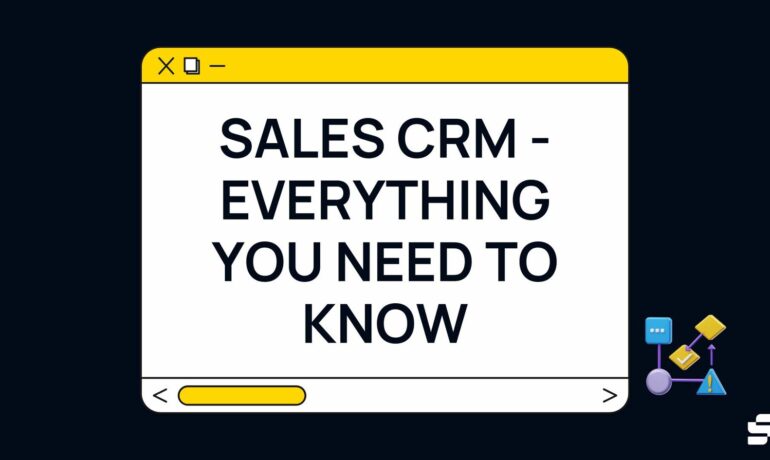Securing AI for Efficiency and Building Customer Trust
As businesses increasingly adopt AI to enhance automation, decision-making, customer support, and growth, they face crucial security and privacy considerations. The Salesforce Platform, with its integrated Einstein Trust Layer, enables organizations to leverage AI securely by ensuring robust data protection, privacy compliance, transparent AI functionality, strict access controls, and detailed audit trails. Why Secure AI Workflows Matter AI technology empowers systems to mimic human-like behaviors, such as learning and problem-solving, through advanced algorithms and large datasets that leverage machine learning. As the volume of data grows, securing sensitive information used in AI systems becomes more challenging. A recent Salesforce study found that 68% of Analytics and IT teams expect data volumes to increase over the next 12 months, underscoring the need for secure AI implementations. AI for Business: Predictive and Generative Models In business, AI depends on trusted data to provide actionable recommendations. Two primary types of AI models support various business functions: Addressing Key LLM Risks Salesforce’s Einstein Trust Layer addresses common risks associated with large language models (LLMs) and offers guidance for secure Generative AI deployment. This includes ensuring data security, managing access, and maintaining transparency and accountability in AI-driven decisions. Leveraging AI to Boost Efficiency Businesses gain a competitive edge with AI by improving efficiency and customer experience through: Four Strategies for Secure AI Implementation To ensure data protection in AI workflows, businesses should consider: The Einstein Trust Layer: Protecting AI-Driven Data The Einstein Trust Layer in Salesforce safeguards generative AI data by providing: Salesforce’s Einstein Trust Layer addresses the security and privacy challenges of adopting AI in business, offering reliable data security, privacy protection, transparent AI operations, and robust access controls. Through this secure approach, businesses can maximize AI benefits while safeguarding customer trust and meeting compliance requirements. Like Related Posts Salesforce OEM AppExchange Expanding its reach beyond CRM, Salesforce.com has launched a new service called AppExchange OEM Edition, aimed at non-CRM service providers. Read more The Salesforce Story In Marc Benioff’s own words How did salesforce.com grow from a start up in a rented apartment into the world’s Read more Salesforce Jigsaw Salesforce.com, a prominent figure in cloud computing, has finalized a deal to acquire Jigsaw, a wiki-style business contact database, for Read more Service Cloud with AI-Driven Intelligence Salesforce Enhances Service Cloud with AI-Driven Intelligence Engine Data science and analytics are rapidly becoming standard features in enterprise applications, Read more





